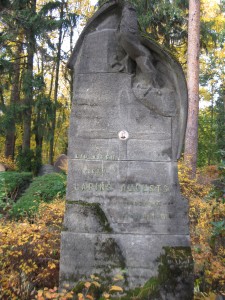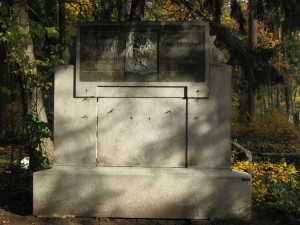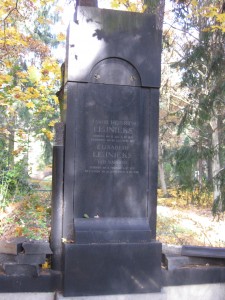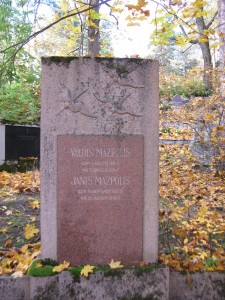This is part of my series of interesting newspaper articles that I find in the old Latvian newspapers available through Periodika. Most of the articles I post are in some way related to migration, wars or other events that are of particular genealogical note.
Source: Ventas Balss (Venta’s Voice), February 22, 1940
Surname changes without well-founded reasons
The Ministry of Internal Affairs has already received 1655 requests for changes of surname. Some of the applicants have already been granted their chosen surnames. However, it has been noted that many people, who already have Latvian surnames, want to change them for new ones. The Ministry has received a number of requests where residents with surnames such as ZaÄ·is, Gailis, etc. want to change their surname to something more common. There are even occasions where people with pleasant Latvian surnames, for example, Daija (meaning – a tool used to dam rivers), who want to call themselves Lazdiņš. NorÄ«tis wants to become Noriņš. The Ministry would like to remind people that if they already have Latvian surnames that are not demeaning, rude or obscene, they do not have a well-founded reason to change them.
As I already described with this news article, surname changes were very popular in early 1940. However, the strict rules in place meant that not everyone could do it – you could only change your name to an ethnic Latvian surname if you were an ethnic Latvian, you could not choose a very common surname, you could not choose a non-Latvian surname if you were an ethnic Latvian, you could not change your surname if it was considered to be a pleasant Latvian surname. As the article above indicates, you also couldn’t change the diminutive ending of your name (Noriņš vs. NorÄ«tis as above – both mean the same thing, just a different diminutive form). After the surname change process got under way, the authorities also began to limit the number of families who could change to any given surname – the newspapers tell me this number was originally 30 families, but it seems to have gone up to 50.
The first name to be restricted was Straume (meaning “river current”), followed in short order by Krauja, Veldre, Atvars, LÄ«dums, Strauts, Salna, Vilnis, Dzelme, Dzintars, Ritums, Klints, Avots, Austrums, Kalve, Krasts, BrÄ«vkalns, BajÄrs, Grava, Sarma, Selga, Zelmenis, Roga, VÄ“tra, EglÄjs, ArÄjs, KalnÄjs, Ziediņš, Grants, Aigars, Leja, Raits, Rasa, Ziemelis – and these, along with four others that I have not been able to identify yet, were already restricted by June 1. After June 1, eleven more were added to the list: Banga, Drava, Grauds, Lejnieks, Pumpurs, Rožkalns, SalnÄjs, Smilga, SÅ«na, TÄ“rauds, Vaivars. If names were restricted at 30 or 50 families, this gives you an idea of the scope of the surname changing frenzy in these few short months, since many other surnames were being chosen as well. These restrictions also do not include the most common surnames amongst Latvians, which were already restricted beforehand – names such as Kalniņš, BÄ“rziņš, Ozoliņš, KrÅ«miņš, etc.
Pick one of the names in your Latvian family tree. If you were living in Latvia in 1940, would you have been eligible to change your surname? If so, what would you have changed it to? If you know a meaning you’d like your name to have, but don’t know the Latvian word for it, just ask, or search the Latvian Surname Project to see if I have it in there!




